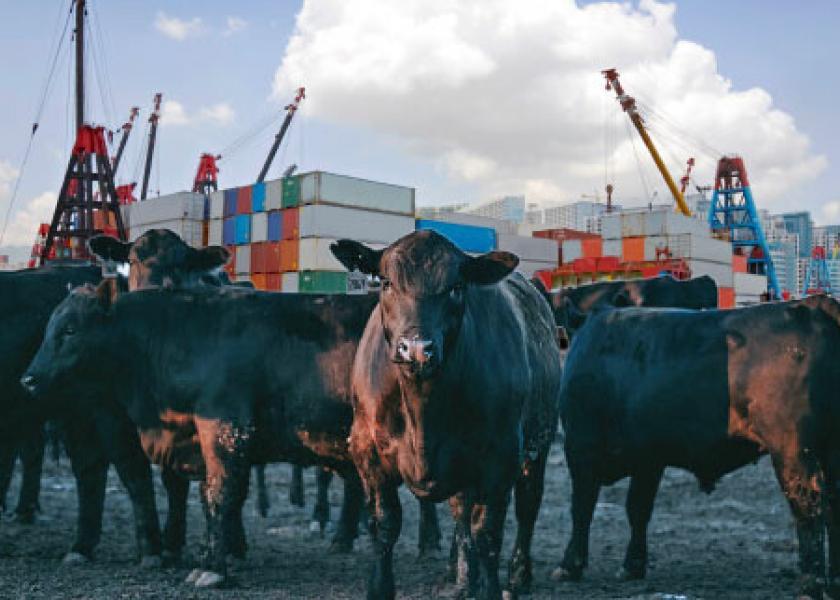Peel: Beef Trade Bounces Back

U.S. beef trade is stabilizing as the ripple effects of the initial COVID-19 disruptions continue to fade. The latest beef trade data for November shows that monthly exports were up 13.2 percent year-over-year. This brings the year-to-date total to a cumulative reduction of 3.7 percent year over year for the first eleven months of the year. Exports were very volatile in 2020, starting higher year-over-year before dropping sharply in May and June and recovering in the second half of the year.
Japan remains the largest beef export market in 2020 with exports up a modest 3.4 percent for the year to date through November and accounting for 28.5 percent of total beef exports for the period. South Korea is the number two market down 1.2 percent year-over-year through November. South Korea represents 23.2 percent of total beef exports for the year-to-date. With a 48.7 percent monthly increase in November, Mexico reclaimed the number three spot as a beef export destination but is still down 31.2 percent year-over-year for the year-to-date.
Canada is the number four market for U.S. beef exports through November, up 6.4 percent for the January to November period and accounting for 9.7 percent of total exports through November. Hong Kong is the number five export market, down 5.1 percent through November and accounting for 7.4 percent of total beef exports for the year-to-date. The top five export markets represent 78.9 percent of total beef exports for the January to November period. Taiwan and China were the number six and seven markets adding another 6.9 and 3.5 percent to total beef exports respectively through November.
Total beef imports were down 3.9 percent year over year in November as the post-COVID surge in imports retreats to prior levels. For the January to November period, beef imports are up 10.7 percent year-over-year. Beef imports increased sharply in July and August before declining and dropping back close to year earlier levels in October and November.
Canada is the largest source of beef imports through November 2020, down 2.7 percent year-over-year and accounting for 24.5 percent of total imports. Australia has dropped to number two with U.S. imports of Australian beef down 5.2 percent year-over-year for the year to date. Australia represented 19.9 percent of total beef imports through November.
Mexico is a close number three with shipments to the U.S. up 15.9 percent year-over-year and accounting for 19.7 percent of beef imports for the year-to-date. Beef imports from New Zealand jumped 25.7 percent through November, making it the number four source of imports and representing 15.5 percent of total beef imports.
Beef imports from Brazil were up 33.8 percent through November and accounted for 6.4 percent of total beef imports. The top five beef import sources accounted for 86 percent of total beef imports through November. Nicaragua and Uruguay added another 5.7 and 4.4 percent respectively to total beef imports through November.
Much uncertainty continues but assuming no major new global health or economic disruptions, U.S. beef trade is expected to be supportive in 2021. Beef exports are forecast to be modestly higher year-over-year returning roughly to 2019 levels.
Beef imports are currently forecast to decrease from the 2020 spike to pre-COVID levels or perhaps a bit lower. Numerous factors will affect U.S. and global beef trade in 2021 including exchange rates; continuing demand for beef in China; the rebuilding of the Australian beef industry; continuing trade tensions between China and Australia/New Zealand and Mexico’s economic situation.







